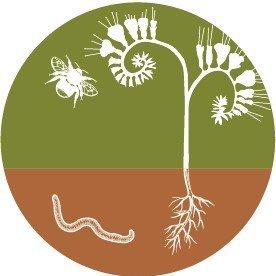Led by award-winning Yorkshire farmer Angus Gowthorpe, who runs a 500-acre mixed farming enterprise near York.
In partnership with the Farmer Scientist Network a group supported by the Yorkshire Agricultural Society, David Purdy Soils, Kings Crops / Frontier, Newcastle University, AHDB, and UK farmers.
Helping you find the best cover
-
When planted between two cash crops, cover crops have the ability to add soil organic matter and nutrients, reduce soil erosion and leaching, promote moisture management, benefit biodiversity and mitigate pest and disease outbreaks. This in turn can boost harvests, make cost savings for the farm, and deliver for the wider environment.
-
As well as the direct benefits they bring to the farmer and field, cover crops can also form a core element of the Government’s agri-environment schemes, providing growers with additional revenue streams as a result. They also align well with current trends towards regenerative agricultural systems, maintaining living roots in the soil, keeping soil covered and maximising crop diversity.
-
As with any newly adopted approach to farmland management, cover cropping is not always ‘one size fits all’, and a poor decision at any stage of the cover cropping process, from seed selection to termination, can result in failed crops, wasted time, financial loss and missed opportunities.
-
To minimise the risk, and maximise the benefits of cover cropping, our guide provides a quick reference plant species selection tool, along with useful details on establishment and termination, to help farmers on their cover cropping journey.
Access the guide HERE





